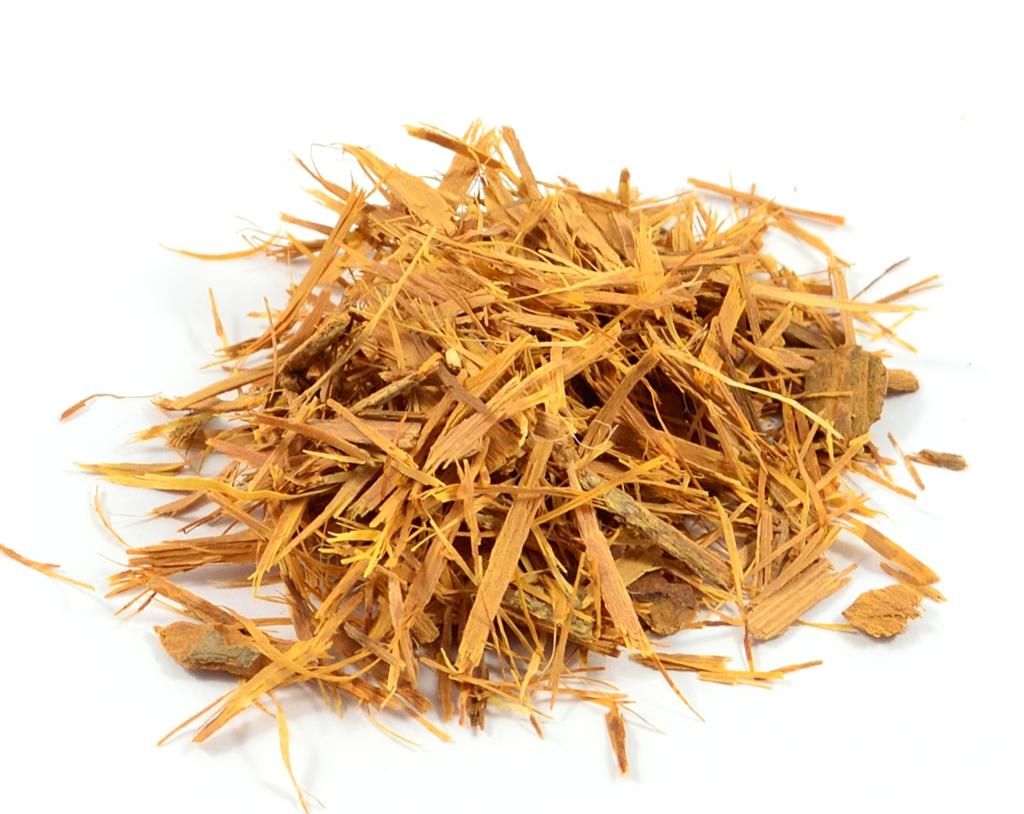Catuaba - Erythroxylum catuaba

Common Names: Catuaba, Tatuaba, Catagua, Chuchuhuasha, Pau de Reposta, Caramuru, Piratancara, Angelim-rosa, Erythroxylum catuaba, Brazilian aphrodisiac, global synonym, Latin origin
Latin Name: Erythroxylum catuaba
Origin: South America
Short Introduction
Catuaba is a fast-growing tree thriving particularly in the rainforest climates of South America. Its bark is distributed from this region all over the world.
Detailed Description
If you father a child after sixty, it's thanks to Catuaba!
Botanical Information
Catuaba is a deciduous tree native to the Brazilian rainforests. It features dark green, elongated leaves and produces small yellow-orange flowers, which later mature into fruits that are inedible for humans.
Origin and Distribution
Catuaba is a traditional component of the Brazilian rainforest ecosystem. Its beneficial properties were first discovered by local Indigenous peoples, who primarily used it to enhance male potency. There are even many celebratory songs and poems praising the remarkable effects of this tree's bark.
Usage / Dosage
Catuaba bark is best known as a natural aphrodisiac. Consumption of the bark is associated with vivid erotic dreams, an increase in libido, and enhanced sexual performance. An old Brazilian proverb goes, "If a man fathers a son after sixty, he is a son of Catuaba." Catuaba is thus renowned for enhancing blood flow in the pelvic area and stimulating sexual desire and appetite. Beyond its effects on sexual vitality, Catuaba also stimulates the central nervous system by dilating blood vessels and increasing blood flow to the brain, thereby boosting alertness and concentration. It is traditionally used for nervous weakness, exhaustion, and depression. Catuaba is also valued to support memory and as a general central nervous system stimulant. It can serve as a natural alternative to other mental stimulants like coffee or guarana. Clinical studies have demonstrated antibacterial and antiviral properties, with Catuaba extract proving effective in mice against Escherichia coli and Staphylococcus aureus infections. Extracts patented in the United States have been shown to reduce pain and dilate veins in rodent studies. There are also findings suggesting increased resistance to infections in HIV patients.
Active Compounds
Catuaba bark is particularly rich in tannins, which have astringent and drying effects on the skin and can stop minor bleeding. In the digestive tract, tannins help counteract diarrhea. The bark also contains alkaloids, phytosterols, lignans, aromatic oils, resins, and flavonoids.
Traditional Dosage
Catuaba is typically prepared as an herbal drink using the powdered bark. Place two teaspoons of Catuaba bark into boiling water and simmer for five minutes, then remove from heat and allow to steep for another fifteen minutes. Drink 1–3 cups daily. Among local Amazonian populations, Catuaba tea is often combined with another aphrodisiac, Muira Puama. A handful of these herbs is left to steep overnight in a glass of room-temperature water, producing a golden-colored morning infusion.
